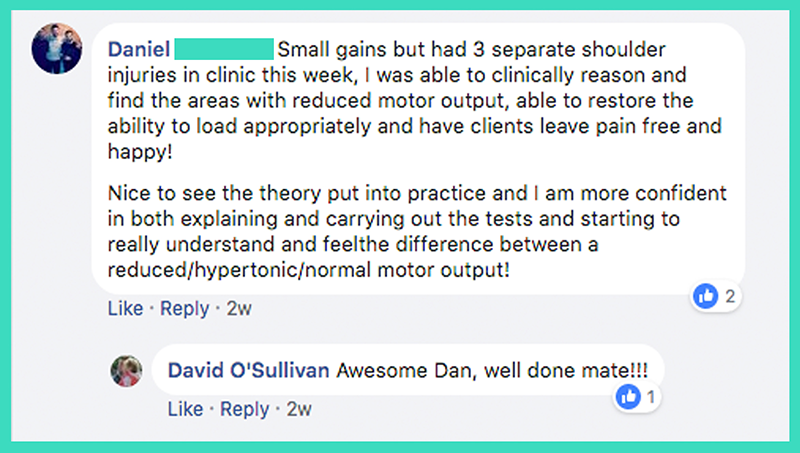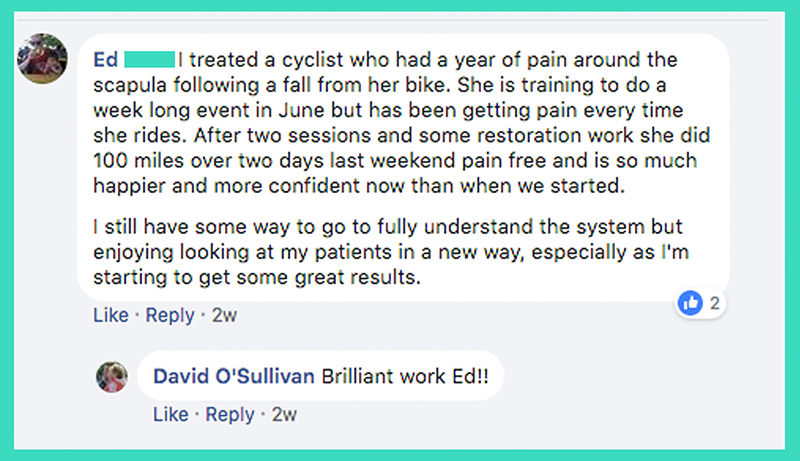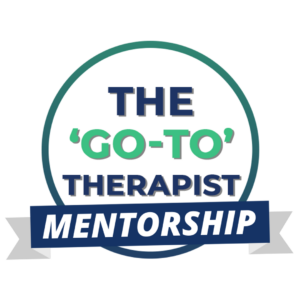A Constraints-Based Physio Approach – The Fastest Way To Confidence And Clarity
As you can hopefully see from the 8 pillars outlined in the previous articles, everything progresses logically in a systematic process.
The true secret, and some may say even hidden benefit, of the 8 pillar method is that it forces you to really focus your attention on getting the patient to the next pillar.
By keeping your attention laser-focused solely on getting the patient to the next stage, something magical happens…
You don’t get distracted treating the same area every session, magically hoping this week is the week the symptoms will settle down. And you don’t throw a few exercises at the patient each session and, if they don’t work, try a few different ones, until before you know it the patient has had 5 sessions and has got 10 exercises to do 3 times a day…
…but rather you have one big goal per session and all your attention is focused on this. And with this laser focus, your attention is specifically on keeping that patient progressing. When the patient feels progress, can see the progress, and understands there is still more progress to be had, you will never have patients drop off, not show up or not adhere to your exercises.
Another big benefit of having a structured step-by-step system is that you will rarely need an hour for a session with a patient. A big myth is that therapists feel by giving patients longer, they are doing the patient a favour. The harsh truth is, the patient doesn’t really care about the time: they care about the outcome.
To help you understand this a good analogy I heard once in a business seminar is to imagine you are travelling on a 7-hour flight from Manchester Airport to Boston, for example. The pilot comes on the public announcement service and says ‘Great news – we’ve arrived at Boston one hour early and are hovering over Boston now for the next 60 minutes so you can get full value from your 7-hour flight.’ You would be pretty angry with the pilot wouldn’t you? You pay to get on the plane to get to the destination, not to waste an hour more than you need to.
This is the same in private practice. My aim with all our ‘Go-To’ Therapists in my mentorship is to help them have the confidence and clarity to get even better results in just 30-minute sessions. If you are a therapist who gives your patients 60 minutes or even longer, 30 minutes might seem like a short space of time. The magical thing that confidence and clarity gives you is that you are actually working smarter, not harder, doing much less hands-on treatment, getting great changes in pain levels, range of motion and other KPIs and spending more time coaching the patient to be successful in key movements specific to their needs as part of the overall plan.
I actually find that 30 minutes is too long at times with the majority of patients now that I have a specific goal I need them to hit each session. If we progress through a couple of sillars or progressions in the one session then, great, we simply find the limit of the patient’s potential and hold them there with their movement plan until the next session as their nervous system adapts to the new load tolerance.
Obviously there will be a small minority of patients who will need longer than 30 minutes during some sessions, but for the majority of cases, you can make a lot of progress in a short space of time if you are working smarter not harder.
Working smarter not harder will save your hands, double your income for the same amount of hours worked and allow you to have laser focus in each session with every patient’s movement plan bespoke to their needs. This will take away the ‘boredom’ and ‘monotony’ that so many therapists experience from saying the same things over and over again every single day, dishing out the same exercises regardless of the person’s story and desired destination.
How much more income could you make in your practice by getting your sessions down to 30 minutes while getting better and more consistent results and making a meaningful impact on all your patients’ lives?
Forget about limiting beliefs of pathology or past experiences, or how many therapists they have seen before you; treat every person as an individual and work smarter not harder. This constraints-based approach is the quickest way I know to ethically grow your business by improving your retention, referrals, revenue and reputation/recognition as the ‘Go-To’ Therapist in your town by getting meaningful results that add so much value to your patients’ lives.
What ‘Go-To’ Therapists Had To Say About The Mentorship




